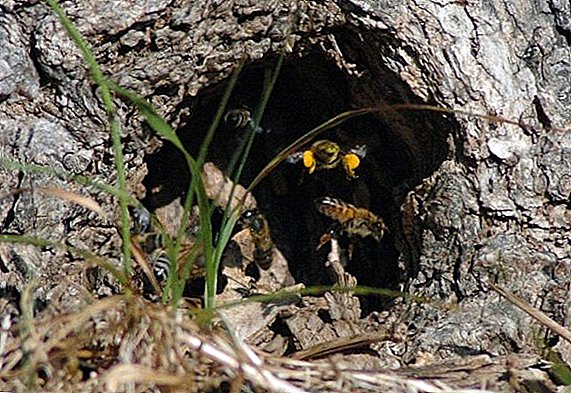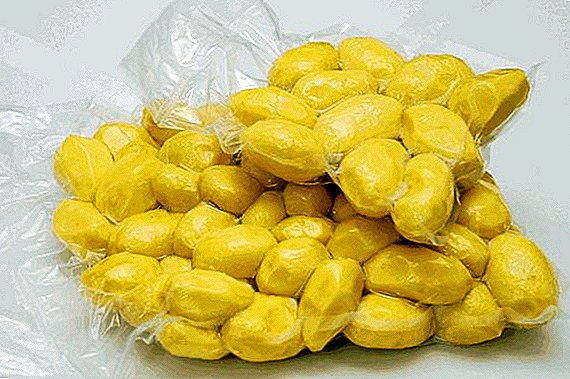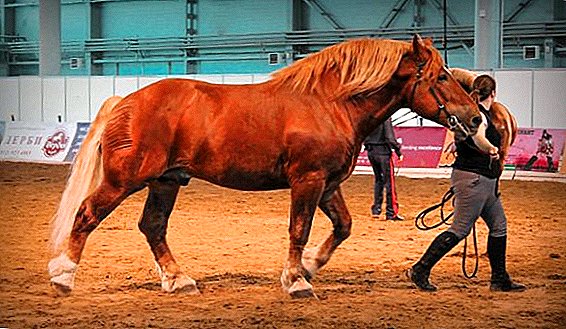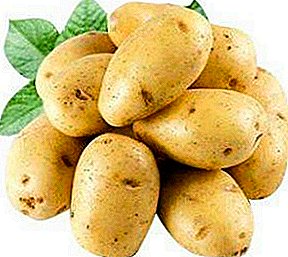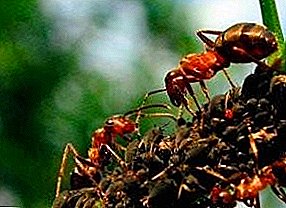 Guinea fowl were domesticated many centuries ago, but they are not popular with farmers, although breeding them is quite a profitable business. They are unpretentious and can live with chickens. Nevertheless, the quality of the livestock will depend on the correct care. To create suitable conditions for the existence of a bird, it would not hurt to learn how to distinguish females from males. Why it is needed, we present below, together with the main features of the differences.
Guinea fowl were domesticated many centuries ago, but they are not popular with farmers, although breeding them is quite a profitable business. They are unpretentious and can live with chickens. Nevertheless, the quality of the livestock will depend on the correct care. To create suitable conditions for the existence of a bird, it would not hurt to learn how to distinguish females from males. Why it is needed, we present below, together with the main features of the differences.
Why is it worth checking the floor at the hens
It is not always clear to beginner farmers why they are advised to by experienced colleagues to learn how to determine the sex of a chicken meat as early as possible. After all, you can also determine the sex of the bird when it matures.
We advise you to get acquainted with the list of the most popular wild and domestic breeds of guinea fowls.
But up to this point it is necessary to create certain living conditions for it, so that the birds are healthy and the business is profitable, consider the following:
- feeding ration should be built depending on the sex of guinea fowl. Layers need more vitamins and minerals for laying eggs;
- during the period of egg laying, males should be removed from females, as tsarists become aggressive;
- if you keep guinea fowls just for the sake of eggs, then one male will be enough for several females. And if you are not chasing after offspring, then the number of czars can be minimized.
 Properly distributing the number of birds, you will greatly facilitate the care of him, and increase productivity.
Properly distributing the number of birds, you will greatly facilitate the care of him, and increase productivity.How to distinguish males from females
Visually, all guinea fowls are very similar to each other. In order to distinguish where the male and where the female, you need to take a closer look at each individual. In addition, you need to know some of the features in contrast to the birds.
Consider all the features of the content of guinea fowls at home, and in particular in the winter.
To size
Typically, most animals have a pronounced sexual dimorphism: the male is more than the female. In guinea fowls, the opposite is true - females are larger than males, so if in the flock you notice a bird that is larger than the others, then most likely it is a female. Of course, this is not the most effective way to distinguish guinea fowls, since all individuals of approximately the same size can be in a herd. 
By beak
It is possible to distinguish individuals in the shape and appearance of the beak.
| At the female | At male |
| small | rude |
| nice | fat |
| orderly | big |
| without growth | with a growth |
 We distinguish the male from the female in the hens by the beak
We distinguish the male from the female in the hens by the beakBy comb location
Comb on the head is present in both sexes. But if you take a closer look, then it looks bigger and more massive in males. Its shape is also slightly different: in females it stands straight, and in males it deviates and bends backwards. This allows the queens to stand out from the herd.  Determine the sex of the Caesars on the ridge
Determine the sex of the Caesars on the ridge
According to the position of the head
While walking, individuals of the female hold their neck and head upright. Caesars incline their neck and head forward, as if handing it.
You probably will be useful to know all the features and lifestyle of an ordinary guinea fowl.
The shape of the earrings
Earrings are also one of the signs by which you can recognize the sex of birds.
| At the female | At male |
| gentle | large |
| neat | meaty |
| flexible | thick |
| inexpressive | pronounced |
 Method of determining the sex by earrings
Method of determining the sex by earringsBy voice
Guinea fowl are very noisy birds. They can constantly talk about something among themselves. If you listen to the sounds made by the bird, then a crackling, loud, broken sound will emanate from the czars. In females, the voice is more delicate, and the sound they give out is similar to "uaa".
Poultry farmers should be familiar with the peculiarities of breeding guinea fowl in an incubator, as well as learn how to care for guinea fowls.
By habit
Female guinea fowls are more modest and restrained in their habits, therefore, when they walk, they keep their head and tail slightly lowered. Caesars love to demonstrate their superiority. They stand out with an important gait and proudly raised head and tail. 
On the cloaca
In the cesspool of the cesaries, their main genital is hidden. To see it, you need:
- Gently take the bird in hand.
- With one hand start stroking the back. This will help calm the bird and stimulate blood flow to the organ.
- With the other hand, you need to raise the tail and gently push the cloaca apart. Stroking on the back does not stop.
- When the blood comes to the organ, a small bump will be visible in the cesspool.
 Determining the sex of guinea fowls in the cesspool The last method is the most effective for determining the sex of the guinea fowl, but in order to use it, one must have experience. The remaining methods are very simple. If you get the hang of it, you can easily determine the sex of the individual.
Determining the sex of guinea fowls in the cesspool The last method is the most effective for determining the sex of the guinea fowl, but in order to use it, one must have experience. The remaining methods are very simple. If you get the hang of it, you can easily determine the sex of the individual.


